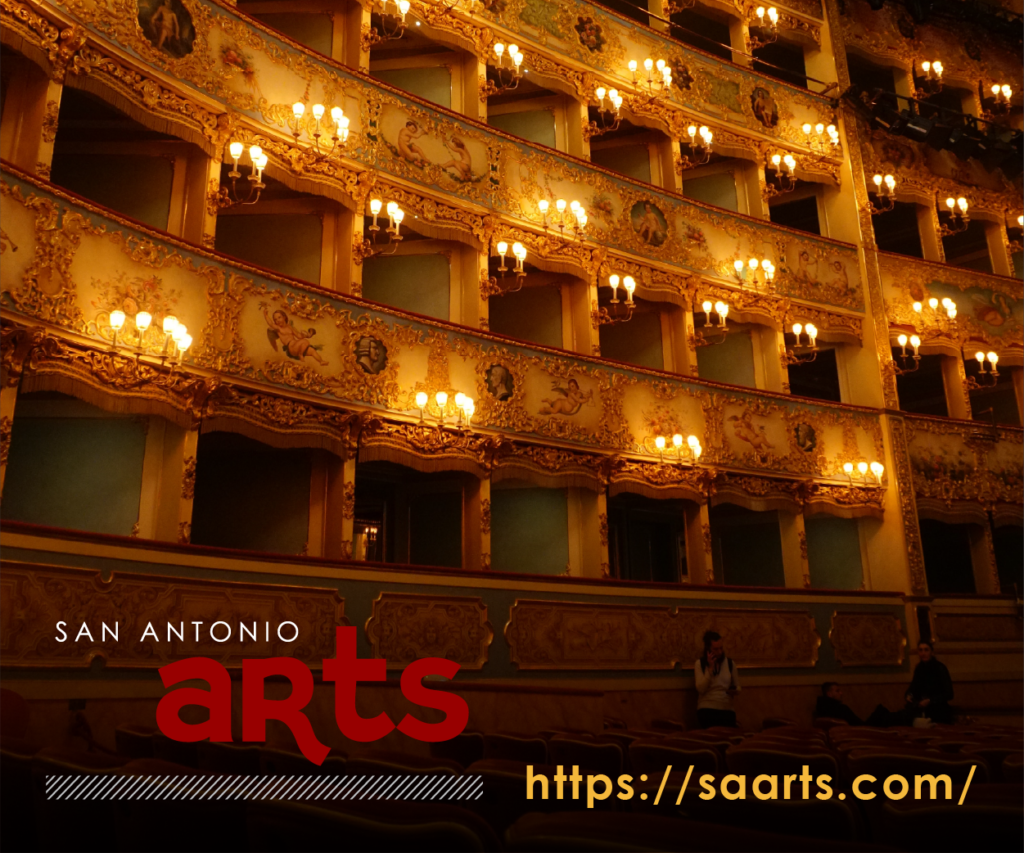
Folks in San Antonio (and all of Texas for that matter) know the story of the Alamo all too well. Coonskin hats and Bowie knives, Travis’ letter and famous line in the sand, and, of course, the fateful morning of March 6, 1836. From the cradle, we have the story of the Alamo burned into our collective consciousness. And if we miss it as babies, we’ve always got fourth- and seventh-grade history and/or John Wayne to pick up the pieces.
While the Alamo has gained worldwide fame and attention (just ask Phil Collins), there’s a much lesser known fort sitting 90 miles southwest of the Alamo that was just as important in Texas’ fight for independence. It’s called Presidio La Bahia and beckons anyone with a curiosity for history or an interest in the great State of Texas.
The Presidio
Originally established in 1749, today the stone walls of this Spanish fort stand as strong as they did 250 years ago. It looks exactly as you’d expect an old Spanish fort to look: intimidating stone walls, cannon lookouts and a massive wooden entrance gate. Presidio La Bahia’s original purpose was to offer fortified protection for the settlers of the town of La Bahia, which existed outside the fortress walls.
A trip to Presidio La Bahia couldn’t be more different than a trip to the Alamo. Instead of being in the middle of a busy city, Presidio La Bahia sits on the outskirts of Goliad with the sounds of busloads of kids and snapping cameras replaced by the quiet whisper of the prairie wind.
Arriving at the fort and seeing the artillery turrets immediately conjures up childhood desires to grab a sword and storm the castle. However, after much consideration, I took the more adult approach and walked into the visitor’s center, which occupies the old officer’s quarters and contains a number of artifacts and information panels that help bring the many eras of the Presidio to life, including its time under many flags and roles in numerous revolution attempts.
The large, daunting walls of the fort surround a huge courtyard and a handful of small buildings where various military functions were performed. The most impressive building is the Our Lady of Loreto Chapel, which has served as a functioning Catholic chapel since 1779.
While the Presidio is impressive to look at, it truly becomes amazing when you know the story that unfolded within its walls.
The Goliad Massacre
The story of the Goliad Massacre starts months before the actual event, when a group of Texian soldiers seized the fort from Mexican control and renamed it “Fort Defiance.” Under the leadership of Col. James W. Fannin, these men guarded the fort until after the fall of the Alamo, when Gen. Sam Houston ordered that they abandon the post and fall back to Victoria to eventually join Houston’s army.
In a poorly planned escape attempt, Fannin and his men were caught on the banks of Coleto Creek by Mexican Gen.Urrea and his soldiers. After a drawn-out fight, the Texian men surrendered and were brought back to Presidio La Bahia as prisoners to await their fate.
It is recorded that Fannin and his men believed they would be held captive for a time before being released into the United States and told never to return to Texas. And while Gen. Urrea appealed to Santa Anna for their clemency, Santa Anna was in no mood for mercy and ordered that all captives be executed.
On Palm Sunday, March 27, 1836, over 300 Texian soldiers were marched outside the fort walls and shot at point-blank range. Wounded soldiers who couldn’t walk were executed inside the Presidio courtyard with Fannin being the last to die. Legend says that before being killed, Fannin made three requests: (1) that his personal possessions go to his family, (2) that he be shot in the heart and not the face, and (3) that he be given a Christian burial. Soldiers proceeded to steal his belongings, they shot him in the face, and they burned his body along with the other Texians who died that day.
A total of 342 Texans died in the Goliad Massacre, making it by far the bloodiest day of the Texas Revolution.
Word of the massacre spread quickly to Houston’s men, inspiring them to add the battle cry “Remember Goliad” to the already fervent “Remember the Alamo.” Both of these tragic events inspired Houston’s army to fight stronger on the fields of San Jacinto. It is impossible to say if Texas would have won its independence without the passionate inspiration stemming from the events at both the Alamo and Goliad.
Fannin’s tomb
After the defeat of the Mexican Army at San Jacinto, Texas hero Thomas J. Rusk returned to Goliad and gathered the remains of the executed men and buried them in a mass grave behind the Presidio. This hallowed ground is now marked with an impressive stone column and is engraved with the names of every brave Texan who died that day in Goliad.
Walking through the courtyard and standing in the spots where Fannin and his men were brutally gunned down brings forth a very heavy feeling. It is a feeling of both sadness and intense pride for the Lone Star State. As Texans, we all “Remember the Alamo,” but after a visit to Presidio La Bahia, you’re guaranteed to always “Remember Goliad.”
An extended day trip
For those truly brave souls, Presidio La Bahia offers the unique opportunity to spend the night within the walls of this Spanish fort. The old soldiers’ barracks turned priests’ quarters have been converted into a small suite allowing guests to literally sleep only feet from where Fannin and his wounded men were massacred. Of course, the ghost stories and legends abound, but there’s only one way to find out if there’s any truth to them, and that’s to sleep there yourself. When I overnighted, I didn’t find ghosts, but I did find one of the most peaceful night’s sleep in my life. Maybe the ghosts were waiting for YOU!
Other stops: While in Goliad, check out these other spots:
Angel of Goliad Statue: Between the Presidio and Fannin’s tomb lies a statue and an incredible story of a woman who risked her life to save others.
Mission Espirtu Santo: This is the mission counterpart to Presidio La Bahia’s fort. The restored chapel truly makes you feel transported back in time.
Goliad State Park: Hang out or take a swim along the meandering San Antonio River, which looks much different here from upstream along the River Walk.
Zaragoza Statue and House: The hero of Cinco de Mayo was born in La Bahia/Goliad, and you can visit his reconstructed home.
Hanging Tree: This real hanging tree on the courthouse lawn has an interesting history of being Goliad’s entire justice system.
Food: You’ll certainly get hungry on your trip, so here are my favorite spots:
Blue Quail Deli: a local sandwich shop serving up its legendary cream of jalapeno soup.
La Bahia Mexican Restaurant: a traditional Tex-Mex restaurant with all the classics.
The Empresario Restaurant: homemade food, including homemade pie. Need I say more.
Watch The Daytripper on your local PBS station. Details at www.thedaytripper.com.







